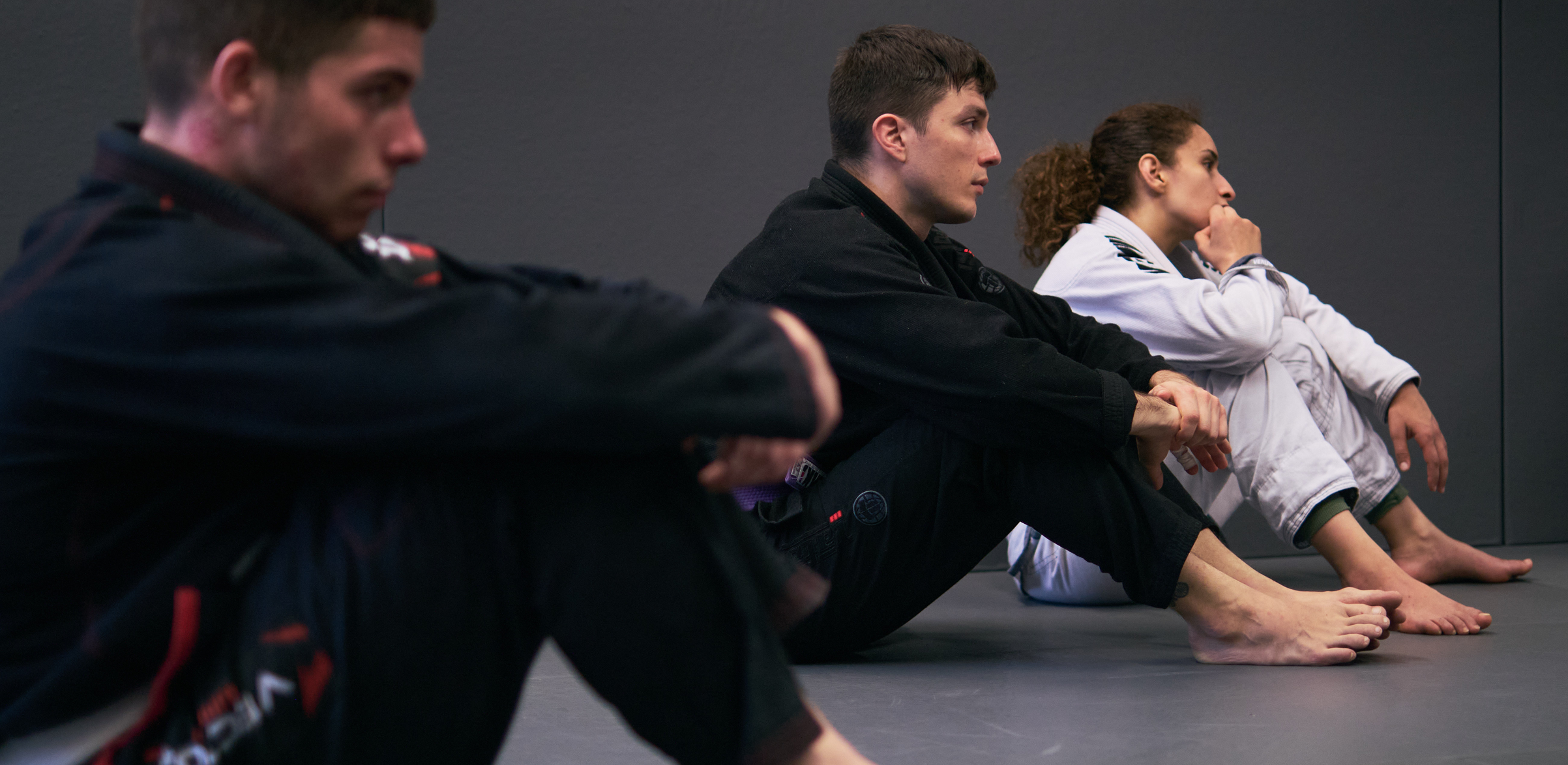
How to Create a Good BJJ Curriculum
Learn how to build a structured Brazilian Jiu Jitsu curriculum for all belt levels. This guide covers long-term planning, skill grouping, sparring integration, and continuous improvement. Perfect for coaches and BJJ gym owners.
Key Takeaways
- Start with a long-term vision, reverse engineer progression, and group content by belt level.
- Structure training to include live sparring and time for Q&A to deepen understanding.
- Regularly update the curriculum based on feedback and real-world results.
Create the perfect BJJ Curriculum
A well-structured Brazilian Jiu Jitsu curriculum provides consistency, enhances student progress, and strengthens the academy's identity.
For coaches, it's a tool to streamline teaching across all levels and ensure students grow with purpose.
Rather than improvising class plans, having a solid curriculum keeps everyone aligned, from beginners to seasoned belts.
Here’s how to build a curriculum that delivers clear results, fosters retention, and adapts with your students’ needs.
1. Start With the End in Mind
Curriculum design starts by defining what success looks like.
Ask yourself:
- What should a white belt be proficient in after 6 months?
- What are the core abilities a blue or purple belt must demonstrate?
- What concepts do you want black belts from your academy to master?
Once these outcomes are clear, you can reverse engineer the path to get there.
Create skill maps by belt level that detail positional understanding (e.g., guard retention, passing), core submissions and defenses, movement patterns, and situational awareness.
By aligning each class to these long-term goals, your teaching becomes strategic and not just reactive.
Pro tip: Don't just let your students do reps, include drills that build attributes like grip fighting, base, timing, and decision-making!
👉For more practical insights from instructors, check out this Reddit discussion on curriculum planning.
2. Group by Skill Level
Different experience levels demand different levels of detail and intensity.
Structuring your curriculum by belt or experience tier ensures classes are:
- Safer: by avoiding mismatches in sparring.
- More effective: by matching complexity to ability.
- Easier to scale: as instructors can plug into a unified system.
Start by identifying your main student segments (e.g., Beginners, Intermediate and Advanced).
Build dedicated modules for each, covering positions, techniques, and tactical themes suited to their stage.
For beginners, prioritize concepts like frames, base, escapes, and alignment.
Intermediate students can focus on chaining attacks, grip sequences, and passing strategies.
Advanced belts should refine their gameplans, learn to coach others, and troubleshoot complex situations.
Use color-coded calendars or digital tools like MAAT to align class plans by group.
3. Build Time for Sparring & Q&A
A curriculum isn’t just a list of moves, it’s a plan for how students internalize knowledge.
To reinforce learning, dedicate structured time in each class for:
- Positional sparring: Focus on the position of the day to build pressure-tested understanding.
- Technical Q&A: Let students ask questions and explore variations.
- Free sparring: Allow room for trial, error, and growth in real-time.
For example, if the lesson covers guard retention, follow it with live rounds where one partner tries to pass and the other retains guard.
Then revisit details based on what challenges emerged.
Encourage students to reflect on what worked and what didn’t.
This metacognitive approach deepens learning and keeps them engaged.
👉 Escapology BJJ video on building a curriculum offers practical strategies and structure tips.
4. Review and Improve
Your curriculum should evolve with your gym and your students.
Periodically assess whether it’s achieving the intended outcomes:
- Are students progressing as expected?
- Are they performing well in competition or sparring?
- Are common mistakes persisting across belt levels?
Use data avaiable on MAAT such as attendance, promotion history, and coach feedback to adjust the program.

Regular team meetings between instructors help maintain consistency and bring fresh insights.
Student surveys and informal feedback loops can also reveal what’s landing and what’s not.
With tools like MAAT, you can track curriculum engagement, stripe eligibility, and student retention to guide refinements.
Set a review schedule, quarterly or bi-annually and treat your curriculum as a dynamic asset.
Looking to bring structure to your BJJ program?
👉 Explore how MAAT helps academies streamline operations and curriculum tracking!


.png)
.jpg)